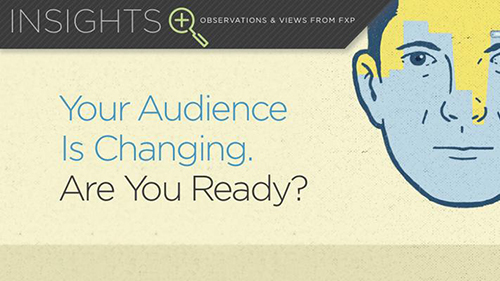This company called Fractl — whose motto is “Leverage the science behind great content” — did a study recently centering on “The Wheel of Emotions” and trying to determine what could go “viral” via age bracket and gender. A marketing VP/partner there wrote up the results for Harvard Business Review, and some of the takeaways are pretty interesting. First: consider this color chart below. It’s a little hard to understand on face, but it’s essentially different age brackets and how they reacted to things in terms of joy, anger, surprise, etc.
Here’s a central finding:
One of the more interesting insights in our study comes from the 18-24 age group. This age range reported feeling fewer positive emotions while looking at the overall group of images compared to the participants in the other age groups. Specifically, they reported fewer emotions related to joy, trust, or surprise (the latter we considered to be an “other” emotion, as it can be both negative and positive). This lack of positive response can mean that this age group is more difficult to target.
This is interesting on a couple of fronts; we already knew this group coming up is texting 3x as much as they use Google, so SMS-based campaigns are going to be a thing (although people do evolve once they get to an age where they have jobs, etc.) But this study semi-proves that, in pursuit of viral content (which everyone wants, because it explodes your brand), that group of soon-to-be-earners is pretty hard to target.
Here’s the contrast with their parents’ age range:
In contrast, Gen X and Baby Boomers reported more positive and interest/anticipation emotions when viewing static images. Therefore, when creating campaigns targeted at these two age groups, you’ll want to focus on those that incorporate emotions such as joy, trust, interest, and anticipation. This is a key insight for marketers planning campaigns on LinkedIn, which is the social network home of the largest percentage of older audiences.
We know that LinkedIn can send 4x the traffic to your homepage than Facebook does, and if the largest percentage of older audiences are there (makes sense, although hopefully they’re not there because they’ve been laid off or anything), then creating content on there — LinkedIn loves for you to create content — should focus on joy, trust and interest. In short, tell your story in a delightful way.
It’s hard to extrapolate super broadly from this study just because people evolve as they get older, but if you are targeting the 18-to-24 space, that might be a little bit harder than how you’d target that Boomer space.

